The Influence of Customer Feedback on Company Development
Bill Gates once famously said “Your most unhappy customers are your greatest source of learning” and he was damn right.
However, the benefits of customer feedback reach far beyond making improvements based on negative feedback. Customer insights allow you to see what you’re doing right, what you’re doing wrong, and what’s missing from your business development strategy.
You’ve most likely tested a fair share of tactics to grow your company and read a ton of resources on the subject, but your efforts pale into insignificance if you don’t listen to the voice of your customers. You can plan, measure and do things by the book, but if you disregard the feedback of your customers, you’re not looking at the whole picture.
In this post, we look at the hows and whys of online customer feedback, as well as its influence on company development.
Don't forget about these awesome customer feedback management tools.
Why customer feedback drives growth
There are a number of reasons why gathering customer feedback fosters growth: first of all, you need it to track customer experience and its ROI. Based on Watermark Consulting Customer Experience ROI Study, customer experience leaders continue to outperform the market.
Image source: Watermark Consulting Customer Experience ROI Study.
According to findings of the study, “leaders outperformed the broader market, generating a total return that was 35 points higher than the S&P 500 Index. Laggards trailed far behind, posting a total return that was 45 points lower than that of the broader market.”
Secondly, 67% of consumers report they churn out because of bad experiences with a company. That’s devastating if you take into consideration that acquiring a new customer costs 4-10 times more than retaining and selling to an existing one.
Just how valuable is your existing customer base? According to The White House Office of Consumer Affairs (via Help Scout), “loyal customers are worth up to 10 times as much as their first purchase”.
Image source: Help Scout.
Is there a way to get things going again when you make one bad move? There is, but it’s not an easy road to travel. Ruby Newell-Legner claims that it takes a staggering “12 positive experiences to make up for one unresolved bad experience.”
Image source: Matthew Sweezey SlideShare.
There’s still hope, though: Lee Resources reports that if you resolve a complaint in favor of the customer, they will make another purchase in 70% of the cases.
What is more, business leaders have made a move to focus on customer experience, and the rest of companies are trying to keep up. According to Gartner predictions, more than 50% of companies “will redirect their investments to customer experience innovations.”
What does all these statistics have in common? They vividly illustrate how important recurring revenue is. It’s no rocket science that there’s little chance of having loyal customers if your satisfaction scores are low.
Customer experience is and will remain critical to business growth, and it should be at the very top of your priority list. For that reason, you should incorporate customer feedback into company mission, goals, and your business decisions.
Make sure you measure customer satisfaction the right way. Gather both quantitative and qualitative data and try not to change the process too frequently to make your results comparable over time.
The biggest problem of customer feedback is that it’s collected by many but turned into action by few. However, faulty feedback collection mechanisms are to blame here. As long as you ensure your feedback collection methods are In alignment with industry standards, the feedback you get is highly actionable.
How to turn feedback into action?
Improve website design.
During rebranding, NN Investment Partners decided to refresh ING site with a strong focus on its most frequently visited section including listings of investment funds. Tomasz Pietrzak, Digital Marketing Manager at NN IP, says that the organization wanted to collect user feedback to avoid “corridor testing.”
They implemented a targeted website survey with a simple question: “Do you like the new design of this website?” Visitors who didn’t like it were asked to explain what they disliked in particular.
NN IP discovered that 85% of site visitors (over 900 people) weren’t fond of the changes. With the use of data gathered with feedback widgets, heat maps, and Google Analytics, they got enough material to work on another redesign. That’s what the final version looked like:
Image source: Survicate.
NN IP used a combination of the abovementioned methods and A/B testing to verify if users liked the new version. As a result, they managed to decrease the number of negative responses by 50% (down to 30%).
Reduce Shopping Cart Abandonment Index with exit intent technology
According to Listrak Shopping Cart Abandonment Index, in the last six months, a whopping 77% of shoppers abandoned carts.
Image source: Listrak
Astounding, right? Shopping cart abandonment is no secret knowledge, but a lot of companies are still failing to take action at this point. As reported by the White House Office of Consumer Affairs (via Help Scout), for each complaining customer, there are 26 other customers who simply take their business elsewhere without letting you know why. You need to design an internal process of gathering feedback to communicate with these people before they leave and find out:
Why they want to leave
AND
What you can do make them stay.
Accessing customer data at this point of the process is one of the biggest chances for growth. However, you need to make leaving feedback as simple as possible and ensure your feedback collection forms and widgets are prominent to attract their attention (you can just watch them silently wave goodbye if they’re not).
Hint: if you want to learn more about running exit intent surveys, take a look at this guide to website exit intent surveys.
Generate leads and close more sales
One of the ways to collect user data is through a widget offering help should any problems arise. In the analyzed period, Derma Med Spa achieved a 5% visitor-to-lead conversion which translated into 200 leads generated using a bottom right corner survey.
Image source: Survicate.
Customers who used the form were presented with a choice of how they want to be contacted and a contact details form.
Out of these 200 leads, Derma Med Spa got 30 customers who generated joint sales of over $12,000 in the period examined.
Discover emerging business opportunities
RaveNectar used a feedback widget to find out if visitors expressed interest in new product groups. In the process of gathering data, they got 6,000+ contributors who shared their views which gave them a good understanding of customer expectations. RaveNectar used customer insights in their next product rollouts (such as yoga mats and leggings).
Image source: Survicate.
Eliminate customer doubts
Colorsecience used a post-purchase survey to ask “What one thing almost caused you not to buy today?”
While 45% reported that everything went well, 35% answered “Not sure what colour matches my skin”.
Image source: Survicate
Jason Yau, Director of Marketing at Colorescience says:
Selecting the right color has been the leading issue for customers since we started the survey. We were already in the process of redesigning our site, so we used the data to build a Foundation Finder that makes it easier for customers to select the appropriate foundation color and format (liquid, pressed mineral, loose mineral) for their skin by selecting from a gallery of models.
Access open-ended verbatim via NPS surveying
“How likely is it that you would recommend our company to a friend or colleague?”
Does this question look familiar? I bet it does. Let’s talk about Net Promoter Score for a minute.
Net Promoter Score, or NPS, is a metric based on the likelihood to recommend a product or service to your network. A follow-up question (“Why?, “What is the reason for your answer?”) is usually asked to elicit why people feel one way or another.
The open-ended verbatim gathered in the process is one of the most valuable and actionable pieces of customer data you can access.
Here’s what it can look like:
NPS is marked on a scale from 1 to 10 based on the replies provided by survey participants and it ranges from -100 to +100. Customers answers to what is sometimes referred as “the ultimate question” and are divided into three groups:
- Promoters: score 9-10
- Passives: score 7-8
- Detractors: score 0-6
NPS is calculated by subtracting the percentage of Detractors from the percentage of Promoters:
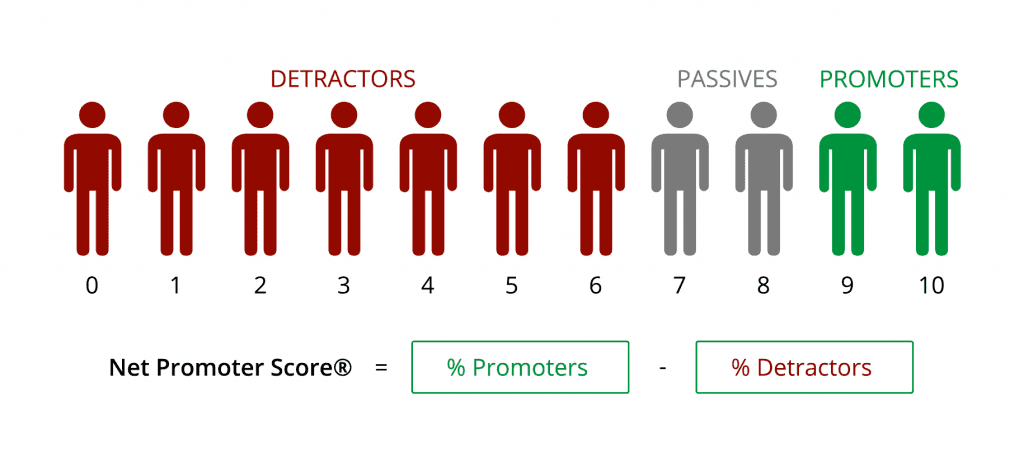
Hint: To find out more about NPS, its benefits, and best practices, make sure to read The All in One Guide to Net Promoter Score.
Make visible changes
The reason people leave you with feedback is because they hope to see change. In the words of Whitney Wood (via Inc.)
To establish and maintain a healthy flow, customer feedback must result in change your customers can see. Change is the most powerful currency to reward vocal and consultative customers.
A balanced development in all of these areas brings about company growth.
Think of customer experience as the glue that holds all of these areas together. If you’re neglecting any of the pieces of the puzzle, the glue may not hold for very long.
Here’s how to access the data you need.
Customer feedback collection methods
It’s time to look at the various means of gathering customer feedback. Let’s start with the big guns.
Website surveys
Actively asking for feedback using website surveys is a bit like having clerks who approach and talk to customers in traditional brick and mortar stores. Their aim is to identify the needs of customers and help them find the solution to these needs, mostly via selling them a product or service. Clerks use the information provided by the customer to find product fit and adjust communication so that it leads to closing a sale as the result. Simultaneously, it serves to improve the quality of product and service based on commonly reported issues.
Website surveys are typically used to assess and improve website experience and usability. They can be targeted at various visitor segments, i.e. based on a source of referral or how often they visit. This allows getting insights from groups of your customers and potential customers. You can also use website surveys at various stages of the sales cycle, i.e. post-purchase or during a free trial. This allows you to look at your business through the eyes of someone who’s new to it which helps identify blind spots, strengths, weaknesses, and issues which need fixing ASAP.
Off-site reviews
Off-site reviews are one of the best sources of “unprocessed” customer feedback because they comprise opinions you’re not asking for and have very little control of. They are more powerful than your own testimonials page because you don’t get to choose what to show and what to hide. For that reason, they tend to instill more trust in consumers than the quotes you carefully select and display on your site.
It’s common knowledge that people trust reviews, but to what extent?
According to 2016 BrightLocal research, 68% of consumers form an opinion after reading only 1-6 reviews.
Image source: BrightLocal
Furthermore, BrightLocal reports that majority of customers (59%) typically visit 2-3 review sites before making a decision about business, which indicates the importance of a stellar online reputation across all communication channels, including off-site review sites.
Image source: BrightLocal
Many sites allow you to comment on the reviews left by your customers - if you want to leave a reply, offer to help and be approachable. Remember that the point of getting customer feedback is to see the big picture - don’t spend too much time focusing on the vocal minority. Stick to identifying patterns which indicate you have some fixing to do and make amends when necessary.
Email surveys
According to The Radicati Group, Inc.
The amount of consumer email continues to grow mainly due to its use for notifications (e.g. for online sales) rather than simply as an interpersonal communication tool.
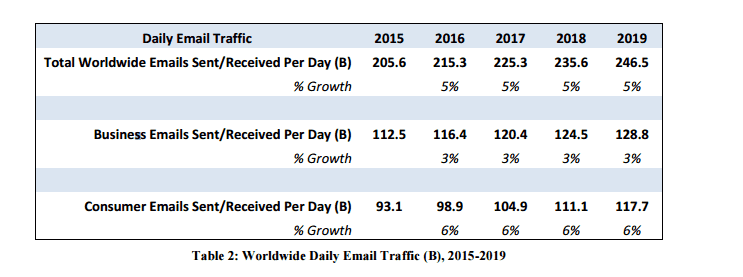
The study predicts a further increase in the volume of consumer emails sent/received per day all the way up to 2019.
One of the key usages of consumer email is email survey. Getting feedback using email is mostly achieved using embedded hyperlinks in the HTML of the message - that’s what it looks like this from the perspective of the user:
When someone clicks an answer, it’s counted and stored in the survey system.
Bear in mind that answering has to require little effort on the site of the responder as possible - for that reason, it’s important to keep email copy short and to the point.
Social listening
Both satisfied and frustrated customers turn to social media to share their opinions of a company. It’s useful to know that news of bad service travels fast and it reaches “more than twice as many ears as praise for an excellent service experience.” What’s interesting is that you don’t even know when that happens.
What’s typically taking place on a regular business day is:
People are talking to you:
Image source: Twitter.
Surprised Nike didn’t answer the customer’s question? Don’t be. According to ThinkJar (via The Huffington Post):
55% of customer requests for service on social media are not acknowledged
and that’s not a statistic any online entrepreneur should be proud of.
They are talking about you:
Source: Twitter
Social media channels like Twitter or Facebook don’t notify you when someone talks about you in an untagged conversation. However, you can pick up this kind of comments with social listening tools and step in to apologize, offer to resolve the issue, and provide compensation when needed.
You can pick up any mention of your brand, including spontaneous feedback you’re getting from your customers. This is probably the most surprising source of information about you because although it’s publicly available, it’s also frequently overlooked.
Be prepared to find frustrated customers who use social media to vent. Learn to single out feedback providers who are most meaningful to what you do. Solve issues as they arise as time is of the essence on social media and remember to try and keep it nice.
Conclusion
If there’s one obstacle impeding business development, in the case of customer feedback it’s got to be the mindset.
People are naturally drawn to positive feedback, and they subconsciously try to question negative comments or explain themselves. Teresa Torrez of Product Talk has a word of advice:
Work hard to ensure your product team knows disagreement is healthy, actively look for contrary information, and develop a habit of considering the opposite.
Amen to that.
Get more to your email
Subscribe to our newsletter and access exclusive content and offers available only to MonsterPost subscribers.

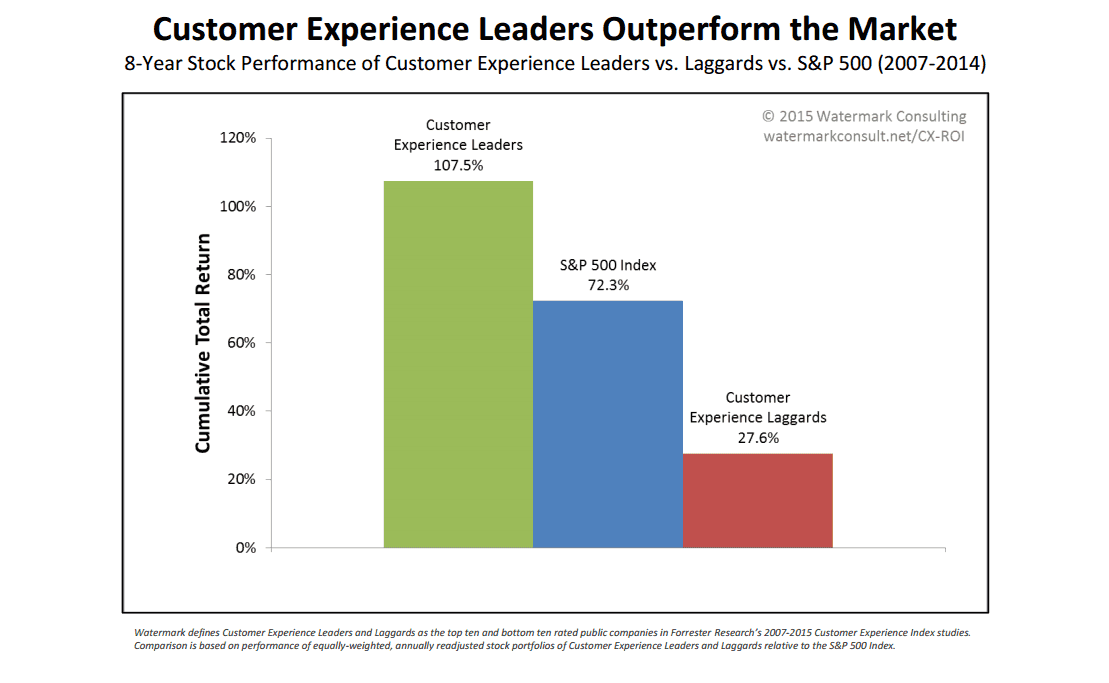
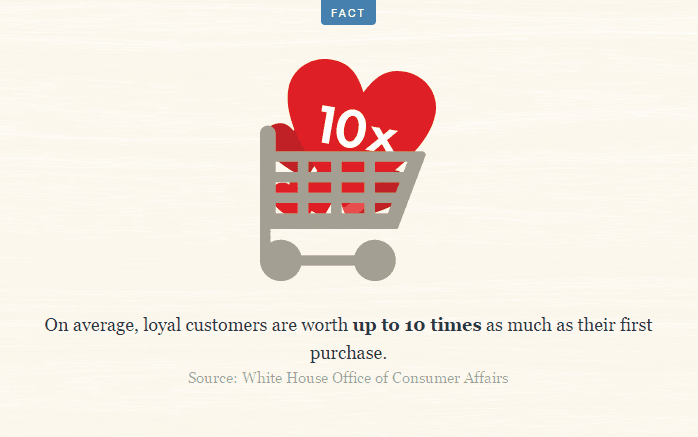
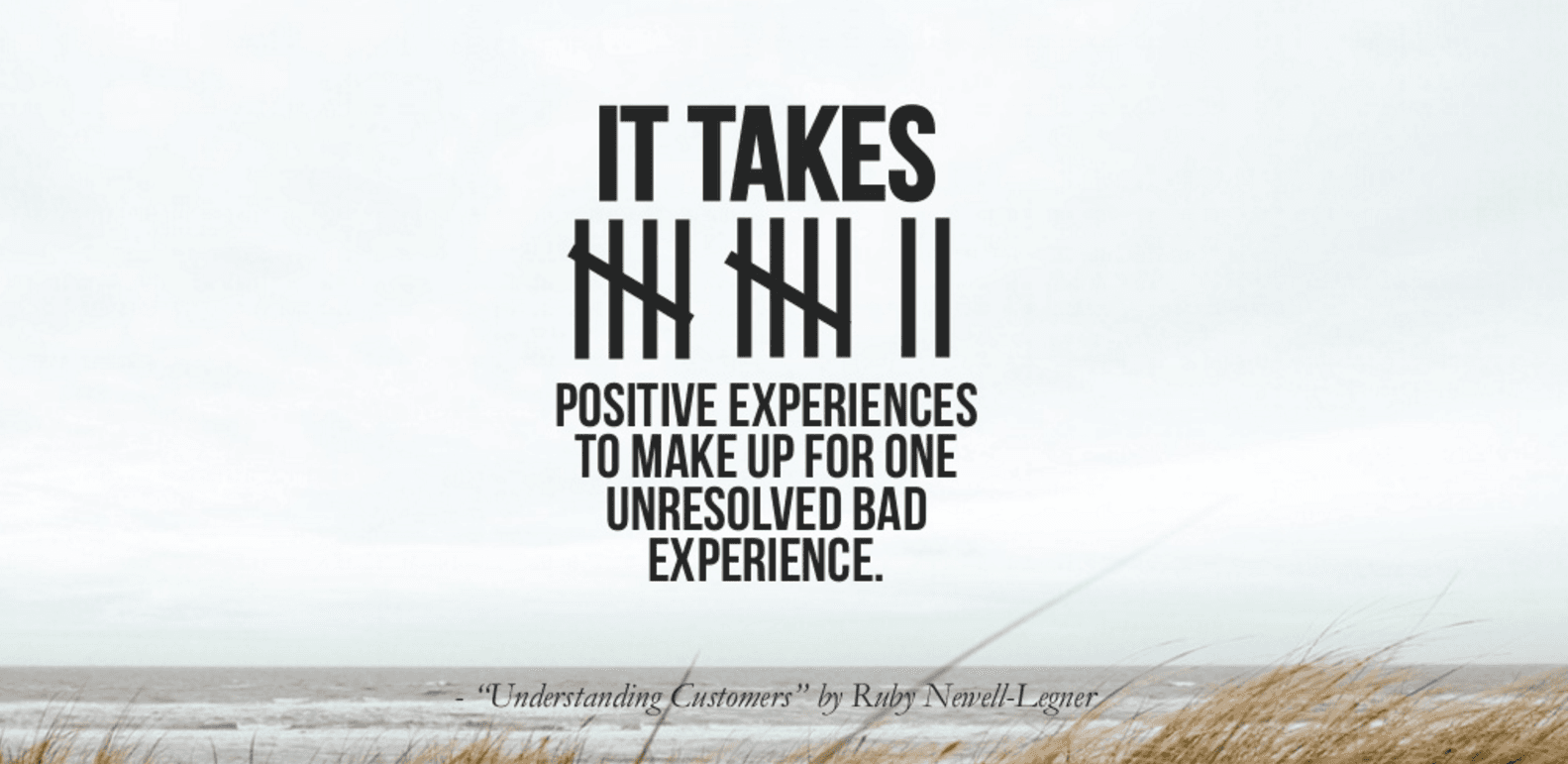
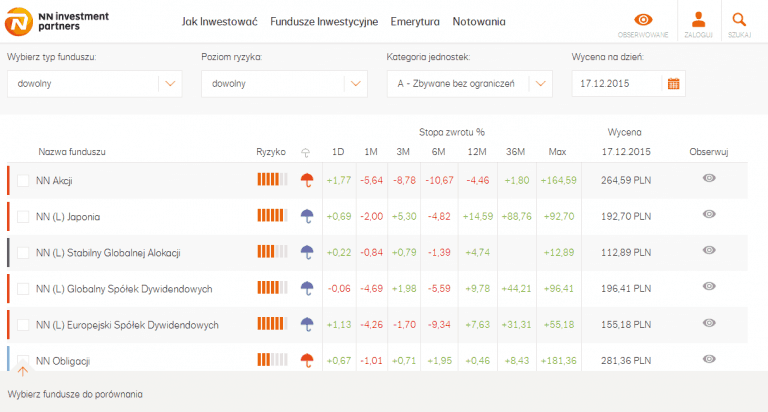
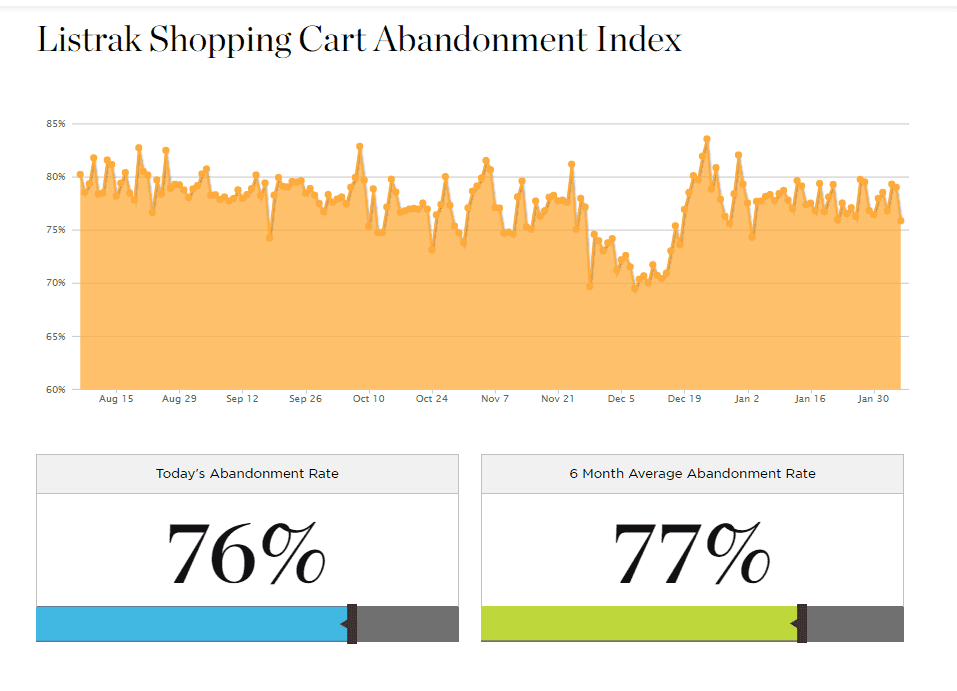
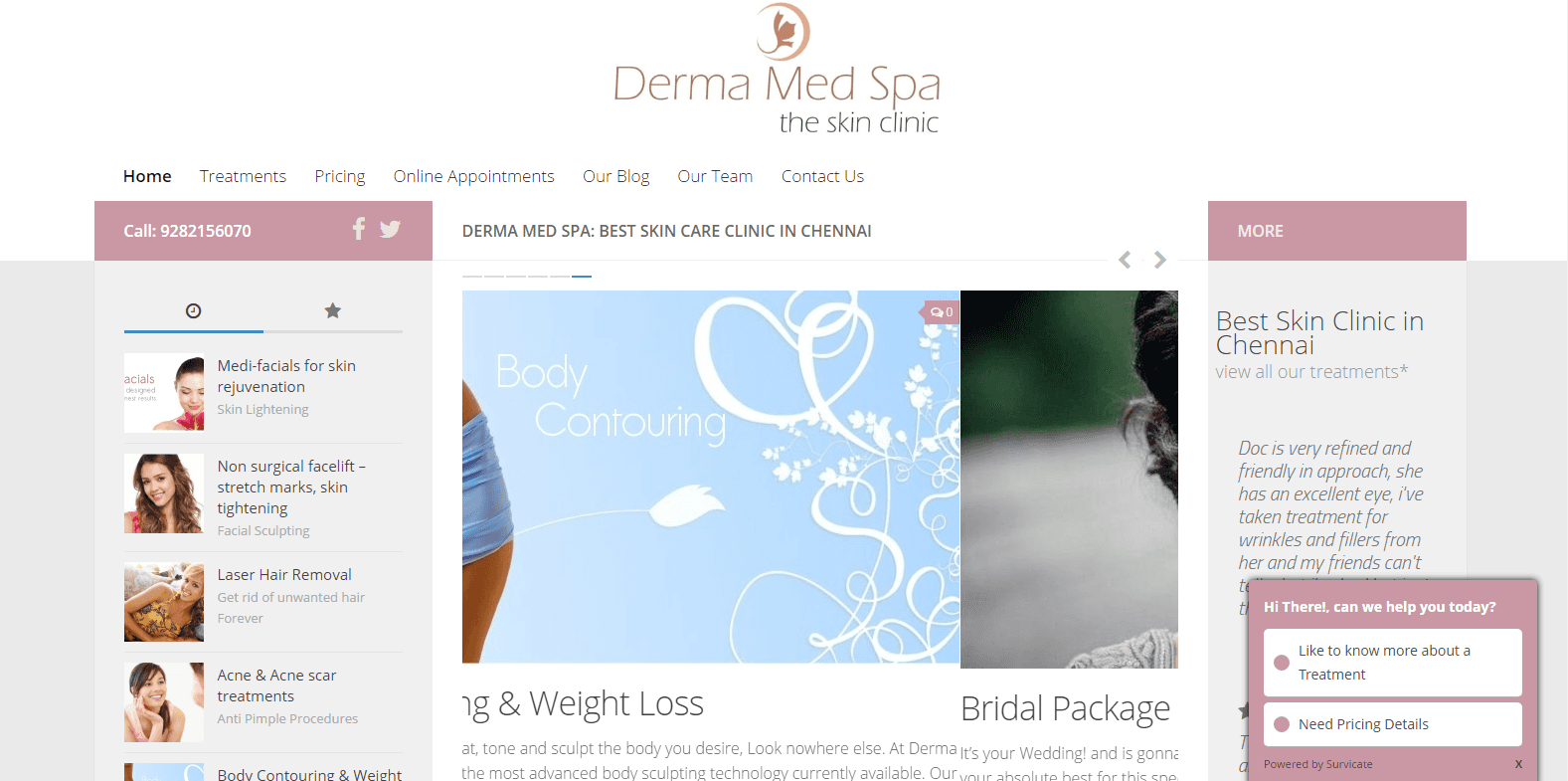
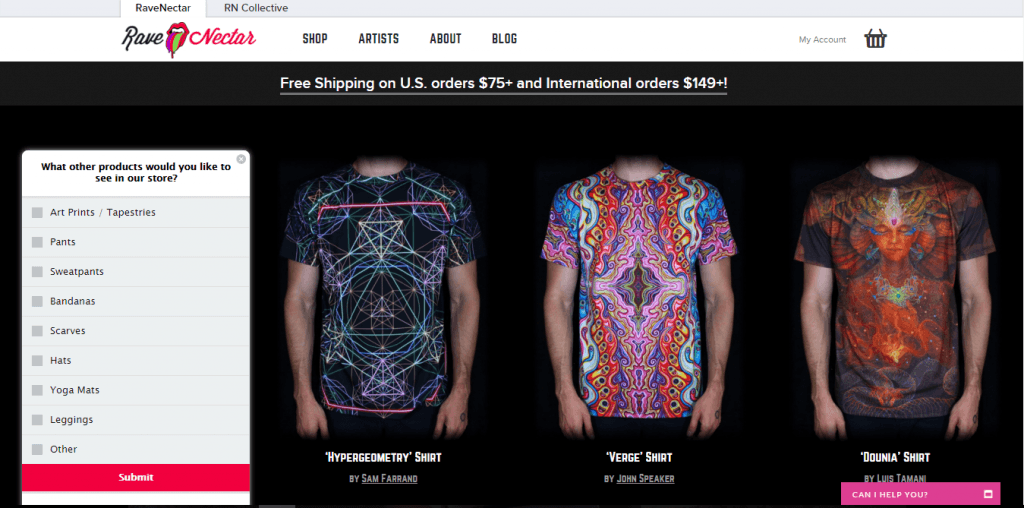
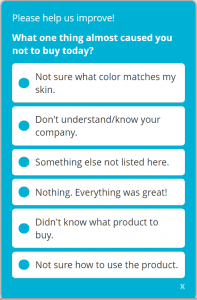
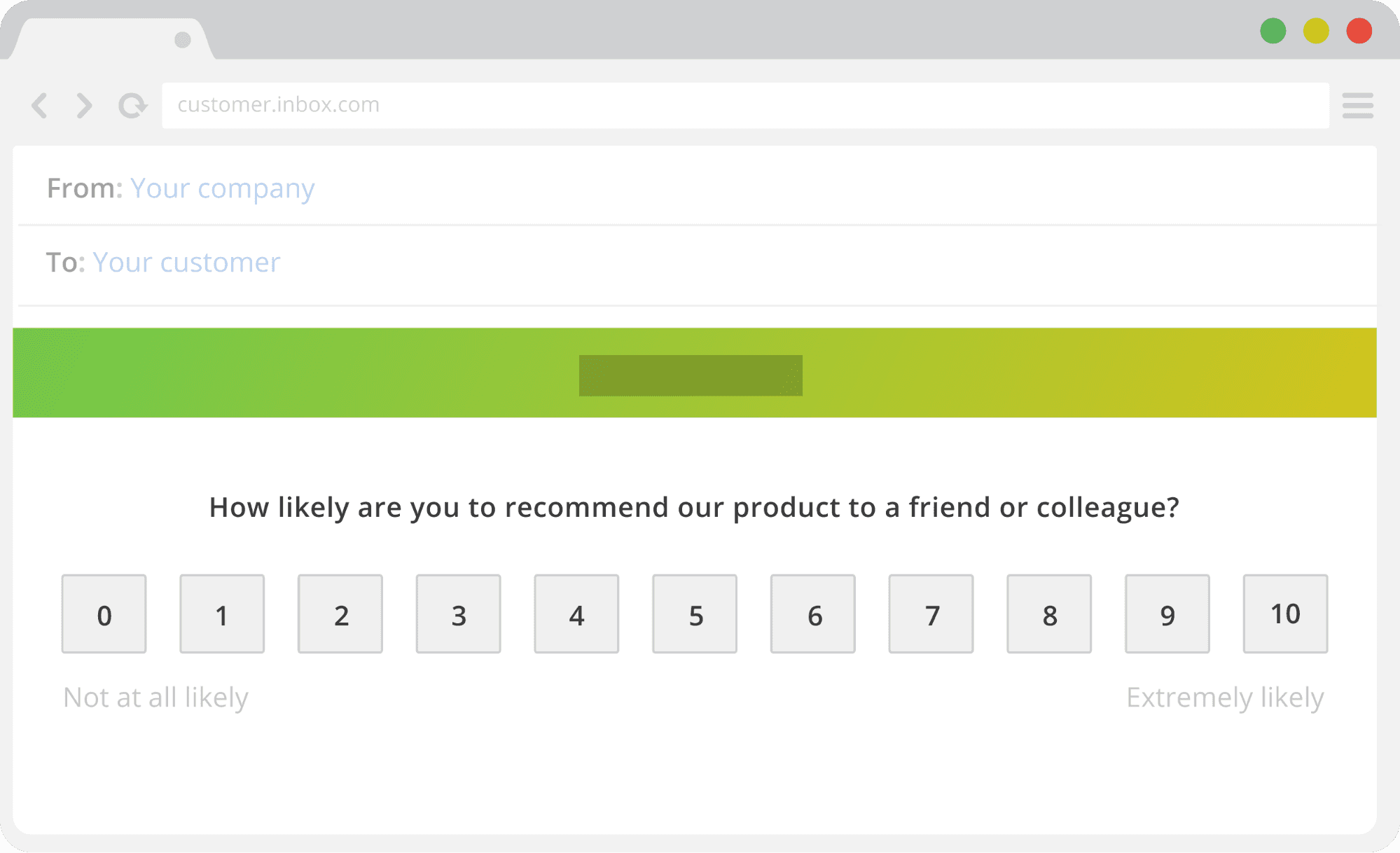
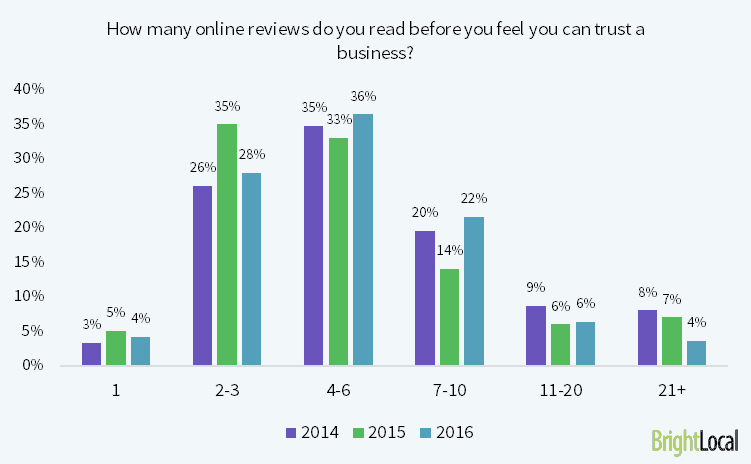
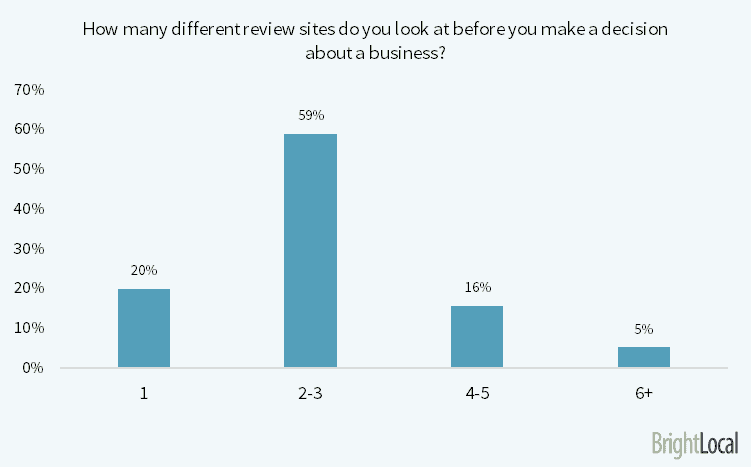
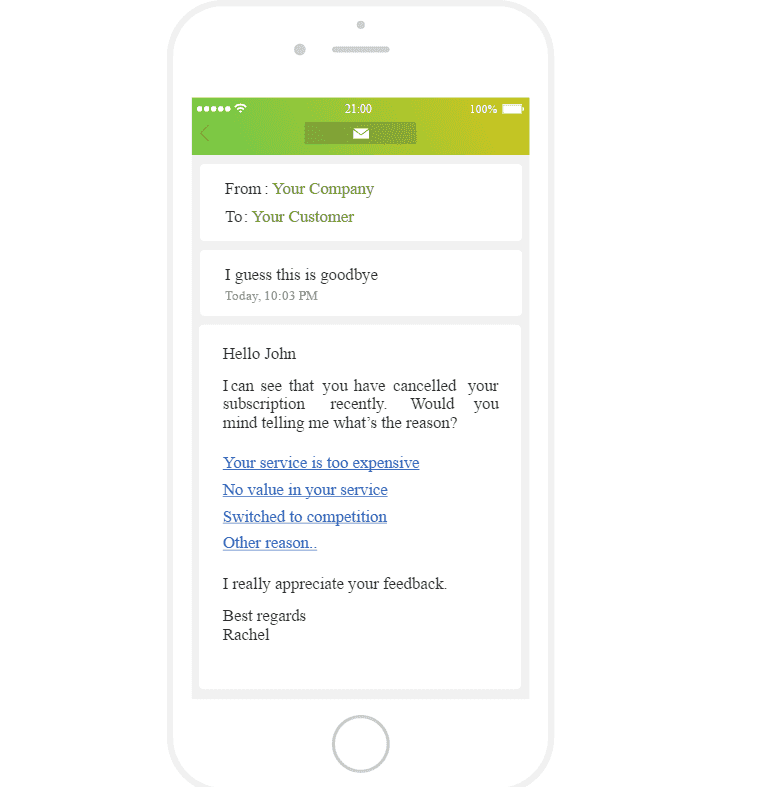
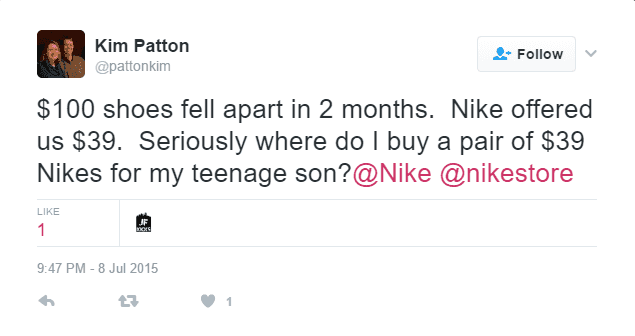
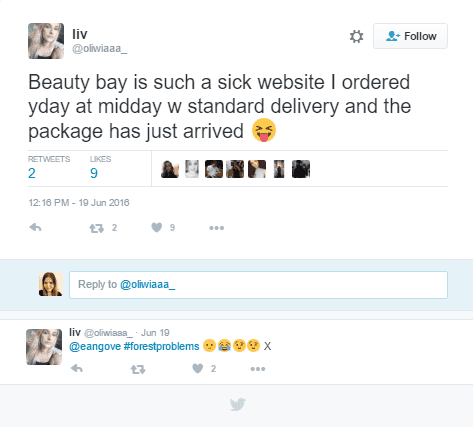
Leave a Reply
You must be logged in to post a comment.